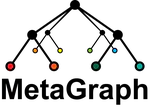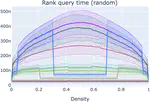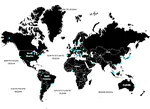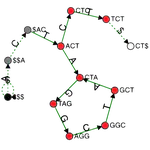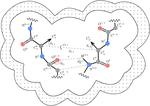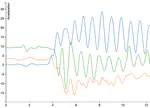About me
I am a Machine Learning engineer at Kaiko.AI, where I develop self-supervised and supervised Machine Learning methods for clinical pathology. I focus on building foundation models for pathology images and RNA-Seq data to help hospitals with diagnostics and other types of clinical problems.
I completed my PhD at ETH Zurich, where I designed novel algorithms and compressed data structures for indexing huge collections of biological sequences and developed methods scalable to the entire Sequence Read Archive. These methods enable analysis and queries, which would otherwise be practically impossible using only the raw data.
Prior, I studied Math, Physics, and Optimal Control at the Moscow Institute of Physics and Technology (MIPT). Then, I did a double Master’s program in Mathematics and Machine Learning at MIPT and Skoltech. At the same time, I completed a two-year CS program at the Yandex School of Data Analysis and then interned at Inria Grenoble-Rhône-Alpes working on various problems of computational structural biology.
- Machine Learning
- Bioinformatics
- Computational Biology
- Compressed Data Structures
- Hiking/Camping, Skiing, Biking
- Guitar, Piano
- Reading, Theater, Art
-
Ph.D. in Computer Science, 2023
ETH Zurich, Zurich, Switzerland
-
M.Sc. in Math. and Computer Science, 2017
Skoltech, Moscow, Russia
-
M.Sc. in Applied Math. and Physics, 2017
MIPT, Moscow, Russia
-
PG Dip. in Computer Science, 2016
Yandex School of Data Analysis, Moscow, Russia
-
B.Sc. in Applied Math. and Physics, 2015
MIPT, Moscow, Russia
Projects
Featured Publications
Teaching
Courses TAed at ETH Zürich, Institute for Machine Learning:
-
Deep Learning (Fall 2017)
-
Computational Intelligence Lab (Spring 2018, 2019)
-
Advanced Machine Learning (Fall 2018, 2019, 2020)
-
Introduction to Machine Learning (Spring 2020)
-
Statistical Learning Theory (Spring 2021)
-
Computational Challenges in Medical Genomics (Spring 2019, 2020, 2021, 2022)



